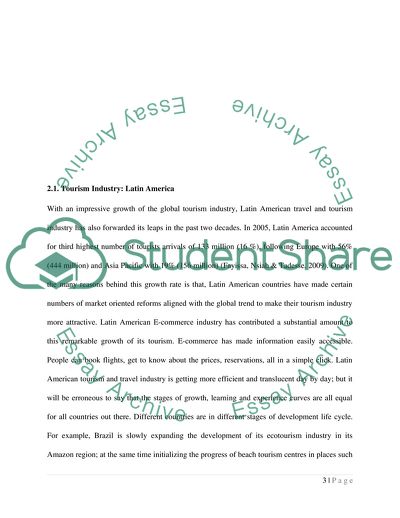Cite this document
(PEST and Five Force Analysis of the Brazil Tourism Industry Case Study, n.d.)
PEST and Five Force Analysis of the Brazil Tourism Industry Case Study. Retrieved from https://studentshare.org/tourism/1731529-strategic-service-marketing-and-e-business-management
PEST and Five Force Analysis of the Brazil Tourism Industry Case Study. Retrieved from https://studentshare.org/tourism/1731529-strategic-service-marketing-and-e-business-management
(PEST and Five Force Analysis of the Brazil Tourism Industry Case Study)
PEST and Five Force Analysis of the Brazil Tourism Industry Case Study. https://studentshare.org/tourism/1731529-strategic-service-marketing-and-e-business-management.
PEST and Five Force Analysis of the Brazil Tourism Industry Case Study. https://studentshare.org/tourism/1731529-strategic-service-marketing-and-e-business-management.
“PEST and Five Force Analysis of the Brazil Tourism Industry Case Study”. https://studentshare.org/tourism/1731529-strategic-service-marketing-and-e-business-management.


